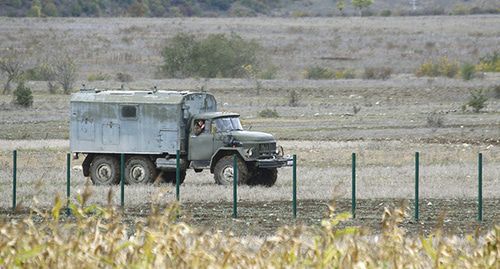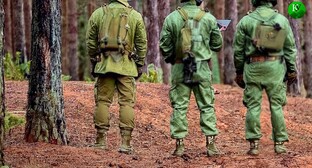
07 November 2019, 22:07
South Ossetia reports about two wounded civilians in border village
Two residents of the border Georgian village of Koda were wounded in an armed clash with policemen, the KGB of South Ossetia reported. The Georgian secret services called the South-Ossetian KGB's report disinformation.
The "Caucasian Knot" has reported that the situation on the demarcation line between Georgia and South Ossetia escalated in September, when the Georgian forces erected a checkpoint in the vicinity of the Tsnelis village. On September 9, the KGB of South Ossetia announced the closure of the border with Georgia. Georgia accused Russian border guards of installing a barbed wire fence near the village of Atotsi on October 19, and EU observers and the police arrived at the place.
On November 5, in the village of Koda, located on the territory controlled by Georgia, a conflict occurred between law enforcers from the Ministry of Internal Affairs (MIA) and local residents, and it escalated into an armed clash, the KGB of South Ossetia reports today. "Both sides used firearms. As a result, two local residents were wounded. The Georgian authorities make all efforts to keep in secret the information about the health state of the wounded villagers," the KGB of South Ossetia reports.
The Georgian authorities tried to force the local residents to say that the shootout was related to the penetration of agents of a South-Ossetian intelligence group into Georgia, the KGB of South Ossetia states. "After their categorical refusal, the village of Koda has been completely closed for access by Georgian and foreign public organizations, as well as the media," the KGB of South Ossetia declares in its statement.
The Georgian State Security Service called the above statement released by the KGB of South Ossetia the disinformation, the "First Channel" Georgian TV Channel reports today on its website.
This article was originally published on the Russian page of 24/7 Internet agency ‘Caucasian Knot’ on November 7, 2019 at 04:35 pm MSK. To access the full text of the article, click here.




